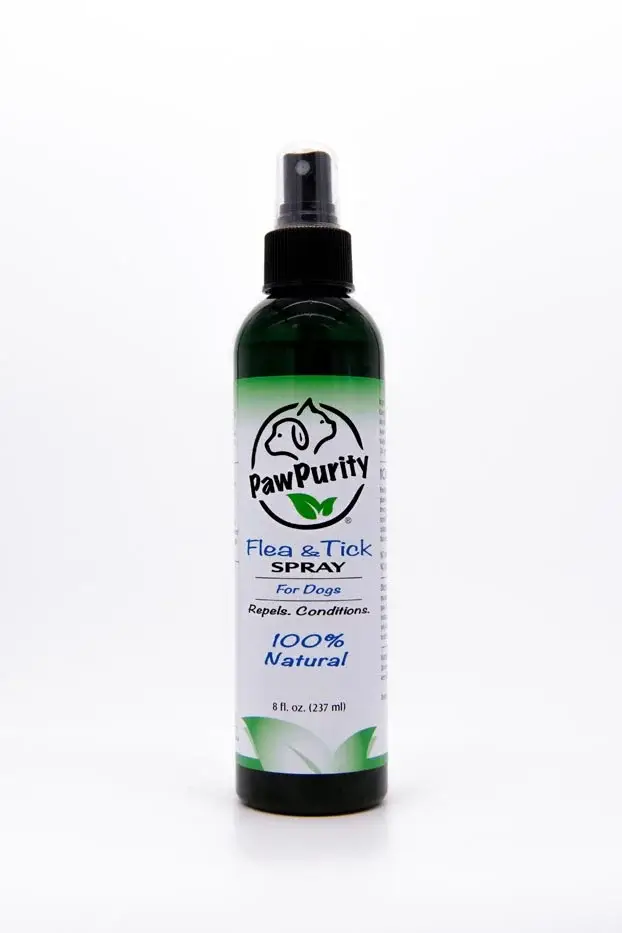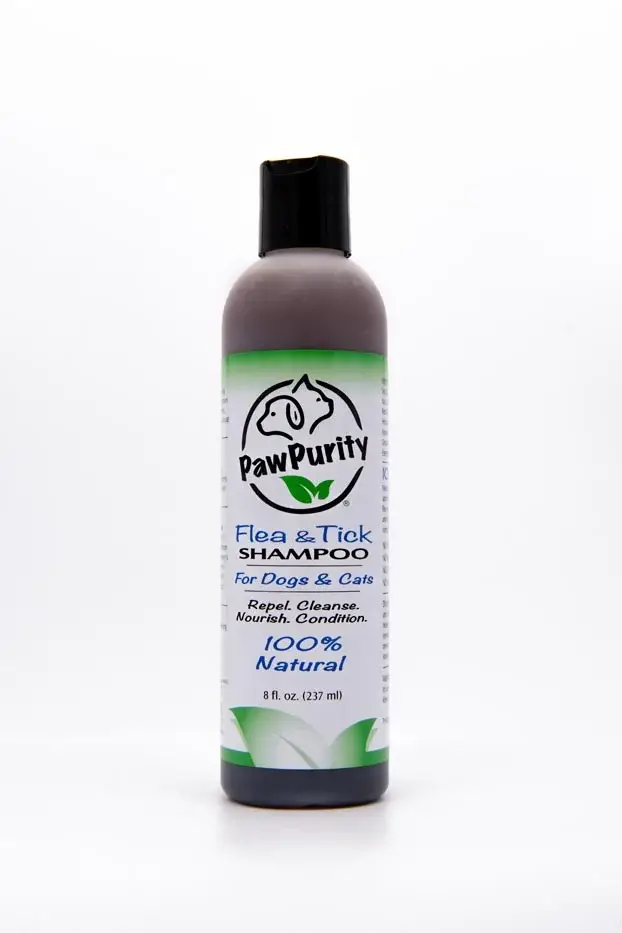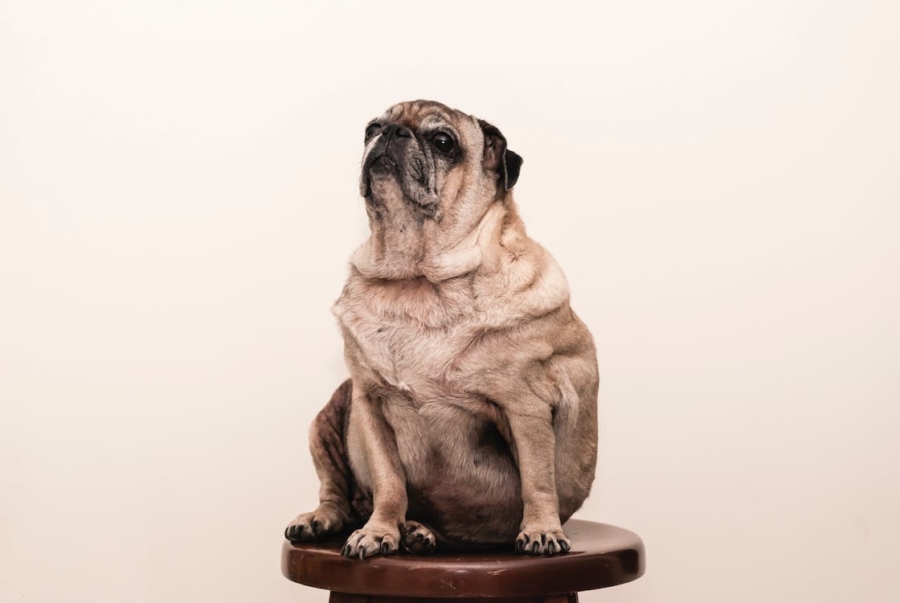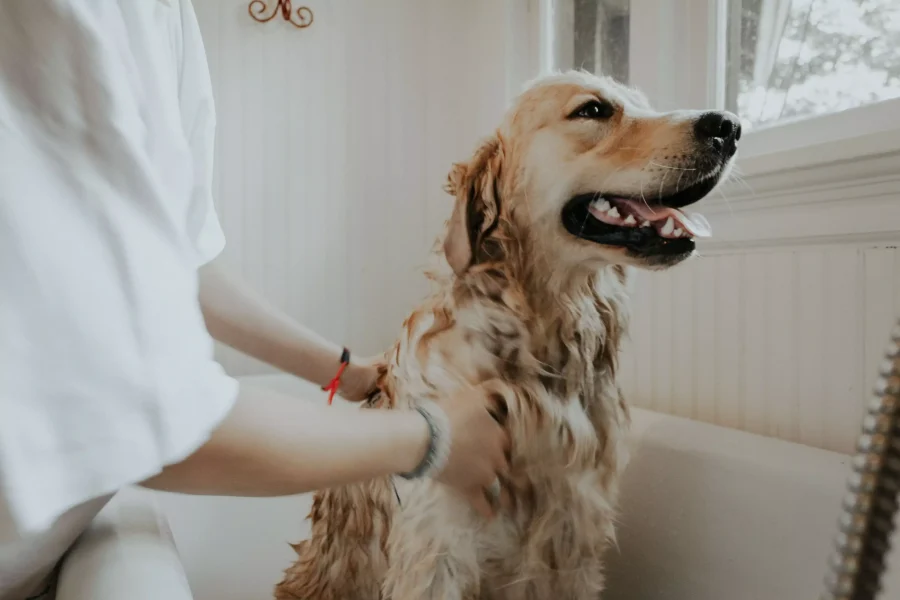Demodectic mange, also known as demodicosis, is a common skin condition in pugs. It is caused by a type of mite that lives naturally on the skin of many animals, including humans. While not all pugs carry the mites that cause this condition, those with compromised immune systems or other health issues may be more susceptible. Continue reading to get key information regarding demodectic mange in pugs so you can better understand this condition and how to manage it.
Causes of Demodectic Mange in Pugs
Demodectic mange in dogs is caused by an overpopulation of Demodex canis mites on the skin. Moreover, incomplete skin barrier formation is one of the primary factors. This can be due to genetic predisposition or an immune system that is not functioning optimally.
A lack of essential vitamins and nutrients can also lead to an increased chance of developing demodex in dogs. In healthy dogs, these mites are harmless and live on the surface of the skin without causing any issues. However, when a dog’s immune system is weakened or not functioning properly due to illness, stress, or a weakened skin protective layer, these mites can spread rapidly and cause irritation and hair loss. This can lead to secondary bacterial infections that may require treatment with antibiotics.
All pug owners should take extra care and attention to provide their pets with the necessary health care and nutrition to reduce the occurrence of demodectic mange.
Symptoms of Demodectic Mange in Pugs:
The most common demodex dog symptoms in pugs are hair loss and prominent red patches on the skin. This is typically seen along the back and sides (although it can occur anywhere) and often appears as patches or spots of baldness or thinning hair. These patches may be reddened or inflamed and may have flaky or scaly areas associated with them.
In severe cases, secondary bacterial infections such as pyoderma may occur, which can cause additional signs like itching, redness, swelling, bumps, or boils on the skin surface. Additionally, demodectic mange in puppies may cause your pugs to experience discomfort related to their itchy skin, which could lead to further behavioral changes. You can observe restlessness at night time due to irritation from the mange mites biting them while sleeping.
Treatment for Demodectic Mange in Dogs
If you are concerned about the health of your pug, you must know that mange treatment in dogs is possible. In mild cases of demodicosis (where there are no secondary bacterial infections present) treatment isn’t usually necessary. However, some veterinarians will recommend that you give your dog a bath with benzoyl peroxide shampoos every two weeks. Many animal dermatologists recommend using PawPurity Intensive Nourishing Shampoo as a first step. Bathing your pug in either should be continued until symptoms resolve themselves naturally over several weeks or months as your pup’s immune system strengthens.
While the primary treatment for demodectic mange in puppies is medicated baths and antibiotics, if those don’t get your pup on a path to recovery, then more intensive measures may be necessary. Immunotherapy helps bolster your furry friend’s immune system, while oral anti-parasitics can target hardy parasites that have latched onto the skin. With these approaches, you are sure to work toward helping Fido recover from this condition.
Reasons Why Your Pug is Not Responding to “Demodectic Mange” Treatment
There are several reasons why your pug may not be responding to demodectic mange treatment. First, some pets are more heavily infested with demodectic mange than others and require a longer duration of treatment to eradicate all of the mites from their skin. If your pet has a large number of mites, then it may take longer for them to respond to treatment because there are simply more mites for the medication to target and eliminate.
If this is the reason, begin using PawPurity Flea & Tick Spray for Dogs to help overcome this situation faster.
Second, the life cycle of demodex mites is about three weeks, which means it takes at least that long for new skin cells affected by the mite infestation to reach the surface. Therefore, even if your pug has responded positively to treatment, you won’t be able to see the results until at least three weeks after beginning treatment.
Third, pets with weakened immune systems often take longer than normal to recover from any medical condition or treatment due to the lack of support their bodies can provide in fighting off infections or repairing damaged tissues. A pet with a strong immune system will have an easier time responding positively and quickly to treatments compared to one whose immune system is not as capable of protection or recovery.
Finally, some pets that suffer from demodectic mange also have secondary bacterial infections. Both these infections need to be treated through antibiotic therapy in addition to any topical medications used against the mites themselves. This additional layer of complexity can also lead to slower response times as both sets of infections must be addressed simultaneously in order for full recovery to occur.
To ensure your pug is responding positively and quickly to demodectic mange treatment, consult with your veterinarian for proper diagnosis and treatment. With the proper course of action, your pet can be back on its paws in no time.
Frequently Asked Questions
1. Is Demodectic Mange in Pugs Contagious?
Demodectic mange in dogs, also known as demodex mites, is not considered contagious in healthy dogs or humans. These mites are commonly found on the skin of dogs and are considered normal inhabitants of a dog’s skin. In fact, many dogs carry these mites without ever developing mange.
Demodectic mange is caused by an overgrowth of these mites, which can lead to hair loss, redness, and irritation on a dog’s skin. However, the condition is not contagious to other dogs or to humans.
It’s important to note that while demodectic mange is not contagious, it can be a sign of a weakened immune system in dogs. Therefore, you must consult with a veterinarian if you suspect your dog may have demodectic mange to rule out any underlying health issues.
2. Can Demodectic Mange Kill a Pug?
Demodectic mange can be uncomfortable and cause skin irritation, and it is typically not fatal on its own. However, if left untreated or if the dog has a weakened immune system, secondary infections can occur and lead to more serious health problems.
Pugs are a breed that is prone to demodectic mange, and if left untreated, it can become a chronic condition that may be difficult to manage. It is important to seek veterinary care if your pug is showing signs of demodectic mange, such as hair loss, scaly or crusty skin, or excessive scratching.
3. How to Prevent Demodectic Mange in Pugs?
Preventing demodectic mange in Pugs involves maintaining their overall health and hygiene. Furthermore, you must work to minimize your dog’s exposure to potential triggers that may weaken its immune system. Here are some tips that may help prevent demodectic mange in pugs:
- Feed a balanced and nutritious diet: Proper nutrition can help support your pug’s immune system and overall health, which can make them less susceptible to mange.
- Keep your pug clean: Regular bathing and grooming with the help of PawPurity Flea & Tick Shampoo for Dogs & Cats can help remove dirt and debris that may contribute to skin irritation and infestations.
- Avoid stress: Stress can weaken your pug’s immune system, making it more susceptible to demodectic mange. Try to minimize sources of stress in its environment.
- Regular veterinary check-ups: Regular check-ups can help your veterinarian detect and treat any underlying health problems that may contribute to demodectic mange. It is easier to detect and treat early-stage demodectic mange in dogs.
- Avoid overuse of medications: Certain medications, such as steroids, can suppress the immune system and increase the risk of demodectic mange. Only use medications prescribed by your veterinarian and follow their instructions closely.
It is also important to note that demodectic mange can sometimes occur despite your best efforts to prevent it. If you notice any signs of mange in your pug, such as hair loss, scaly or crusty skin, or excessive scratching, seek veterinary care as soon as possible. Early detection and treatment can help prevent the condition from becoming more severe.
Wrap Up
Demodectic mange is a common skin condition in pugs that can be caused by an overgrowth of demodex mites. While it is not considered contagious, it can lead to uncomfortable symptoms and might even be an indicator of underlying health issues. It is important to take preventive measures such as using PawPurity Flea & Tick Shampoo, maintaining a nutritious diet, and avoiding stress to help prevent demodectic mange in pugs. In addition, if you use these medicated and anti-bacterial shampoos yet your dog continues to suffer, seek veterinary care as soon as possible. With early detection and treatment, the condition can be managed effectively.
#DemodecticMange #DemodexMange #MangeInPugs #Pugs #PugDogs














